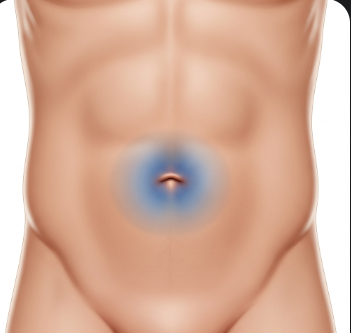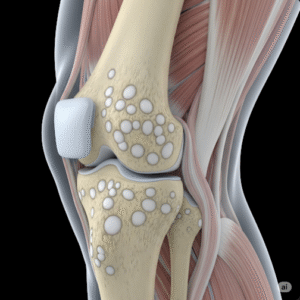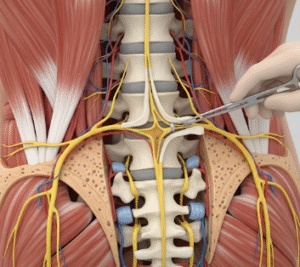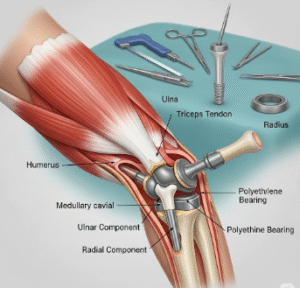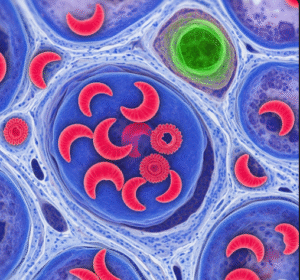Overview
Cullen sign is a medical sign characterized by bluish or purplish discoloration around the umbilicus (belly button). It is usually a rare but important indicator of intra-abdominal bleeding, most commonly associated with acute pancreatitis, ruptured ectopic pregnancy, or trauma.
In South Korea, emergency departments and surgical units provide immediate evaluation and management for patients presenting with Cullen sign, using advanced imaging, laboratory testing, and surgical or medical intervention to address the underlying cause.
Key Facts
Highlights:
➡️ Cullen sign is visible discoloration around the umbilical area, often bluish or purplish.
➡️ It indicates retroperitoneal or intra-abdominal bleeding, often a serious medical condition.
➡️ Associated conditions include acute pancreatitis, ruptured ectopic pregnancy, trauma, and abdominal aortic aneurysm.
➡️ The presence of Cullen sign requires urgent medical evaluation to identify and treat the underlying cause.
➡️ South Korea provides advanced emergency care, imaging, and surgical intervention to manage Cullen sign and its causes.
What is Cullen Sign?
Cullen sign is periumbilical ecchymosis, resulting from subcutaneous bleeding due to retroperitoneal hemorrhage.
Key characteristics:
- Appearance: Bluish or purplish discoloration around the navel
- Cause: Leakage of blood from intra-abdominal structures, tracked along fascial planes to the umbilicus
- Timing: Typically appears 24–48 hours after onset of underlying bleeding
- Clinical Significance: Indicates serious intra-abdominal pathology that may be life-threatening
Cullen sign is considered a late physical finding, highlighting the need for immediate diagnostic and therapeutic action.
What Symptoms are Related to Cullen Sign?
Symptoms accompanying Cullen sign are often reflective of the underlying condition and may include:
- Abdominal pain, often severe and diffuse
- Nausea and vomiting
- Hypotension or shock in severe bleeding
- Fever if infection is involved
- Other discoloration signs, such as Grey Turner sign (flank ecchymosis)
Highlights:
➡️ Cullen sign itself does not cause pain, but it signals serious internal bleeding.
➡️ Symptoms like abdominal tenderness, vomiting, or fainting may accompany Cullen sign.
➡️ Early recognition allows timely intervention and improves patient outcomes.
What Causes / Possible Causes of Cullen Sign?
Highlights:
➡️ Acute Pancreatitis: Inflammation and enzymatic digestion of tissues may lead to retroperitoneal bleeding.
➡️ Ruptured Ectopic Pregnancy: Blood from the fallopian tube or uterus can accumulate in the peritoneal cavity.
➡️ Abdominal Trauma: Blunt or penetrating trauma can cause internal hemorrhage visible as Cullen sign.
➡️ Ruptured Abdominal Aortic Aneurysm: Massive retroperitoneal bleeding can manifest periumbilically.
➡️ Other Causes: Coagulopathy, anticoagulant therapy complications, or surgical complications.
➡️ Mechanism: Blood from retroperitoneal or peritoneal bleeding tracks along fascial planes to the umbilicus, resulting in periumbilical ecchymosis.
When Should I See My Doctor?
Highlights:
➡️ Immediate medical attention is required upon noticing periumbilical bluish or purplish discoloration.
➡️ If accompanied by severe abdominal pain, hypotension, or vomiting, go to the emergency department urgently.
➡️ For women of childbearing age, Cullen sign may indicate ruptured ectopic pregnancy, which is a life-threatening emergency.
➡️ If associated with trauma or anticoagulant use, urgent evaluation is necessary to prevent complications.
➡️ Early assessment ensures rapid diagnosis, stabilization, and management of potentially life-threatening conditions.
Care and Treatment
Treatment depends on the underlying cause and severity of bleeding:
Highlights:
➡️ Stabilization:
- Intravenous fluids to maintain blood pressure
- Blood transfusions if significant hemorrhage occurs
- Monitoring vital signs and oxygenation
➡️ Medical Management:
- Pain control and supportive care for pancreatitis
- Correction of coagulopathy or anticoagulation issues
- Antibiotics if infection is present
➡️ Surgical Intervention:
- Laparotomy or minimally invasive surgery for ruptured ectopic pregnancy, aneurysm, or trauma
- Drainage of intra-abdominal bleeding if required
➡️ Monitoring: Continuous evaluation of hemoglobin, hematocrit, and vital signs to detect ongoing bleeding.
➡️ Follow-Up: After acute management, patients receive care for underlying conditions (e.g., pancreatitis management, vascular follow-up, or reproductive health counseling).
Treatment Options in Korea
South Korea provides advanced care for Cullen sign and its underlying causes, including:
Highlights:
➡️ Emergency and Trauma Centers: Rapid assessment using CT scans, ultrasound, and laboratory tests.
➡️ Surgical Units: Expert surgical teams for laparotomy, laparoscopy, or vascular repair.
➡️ Critical Care: Intensive monitoring for patients with shock, massive bleeding, or multi-organ involvement.
➡️ Multidisciplinary Approach: Collaboration among emergency physicians, surgeons, obstetricians, and critical care specialists.
➡️ Medical Tourism Support: Multilingual emergency consultations, advanced diagnostics, and coordinated surgical care for international patients.
➡️ Preventive Guidance: Post-treatment follow-up for underlying diseases such as pancreatitis, vascular conditions, or reproductive health issues.

